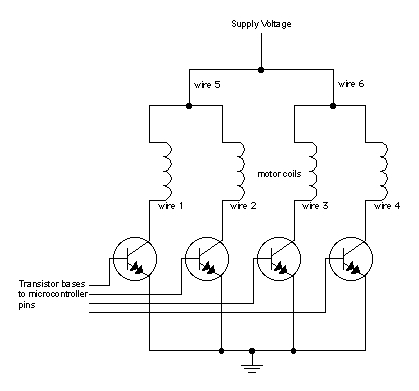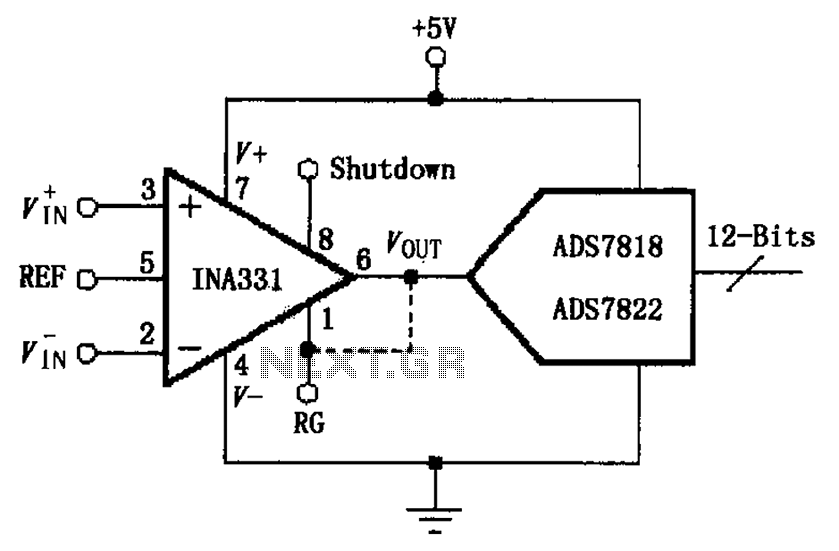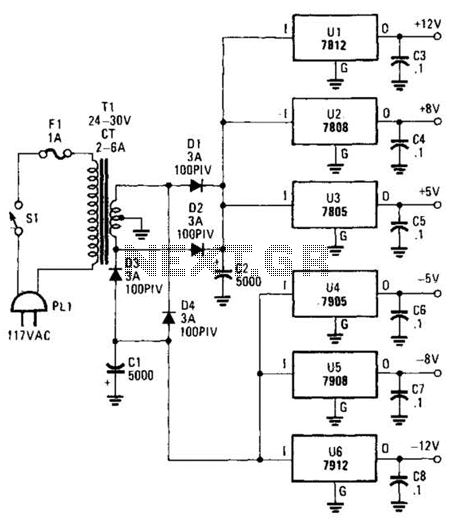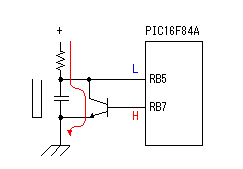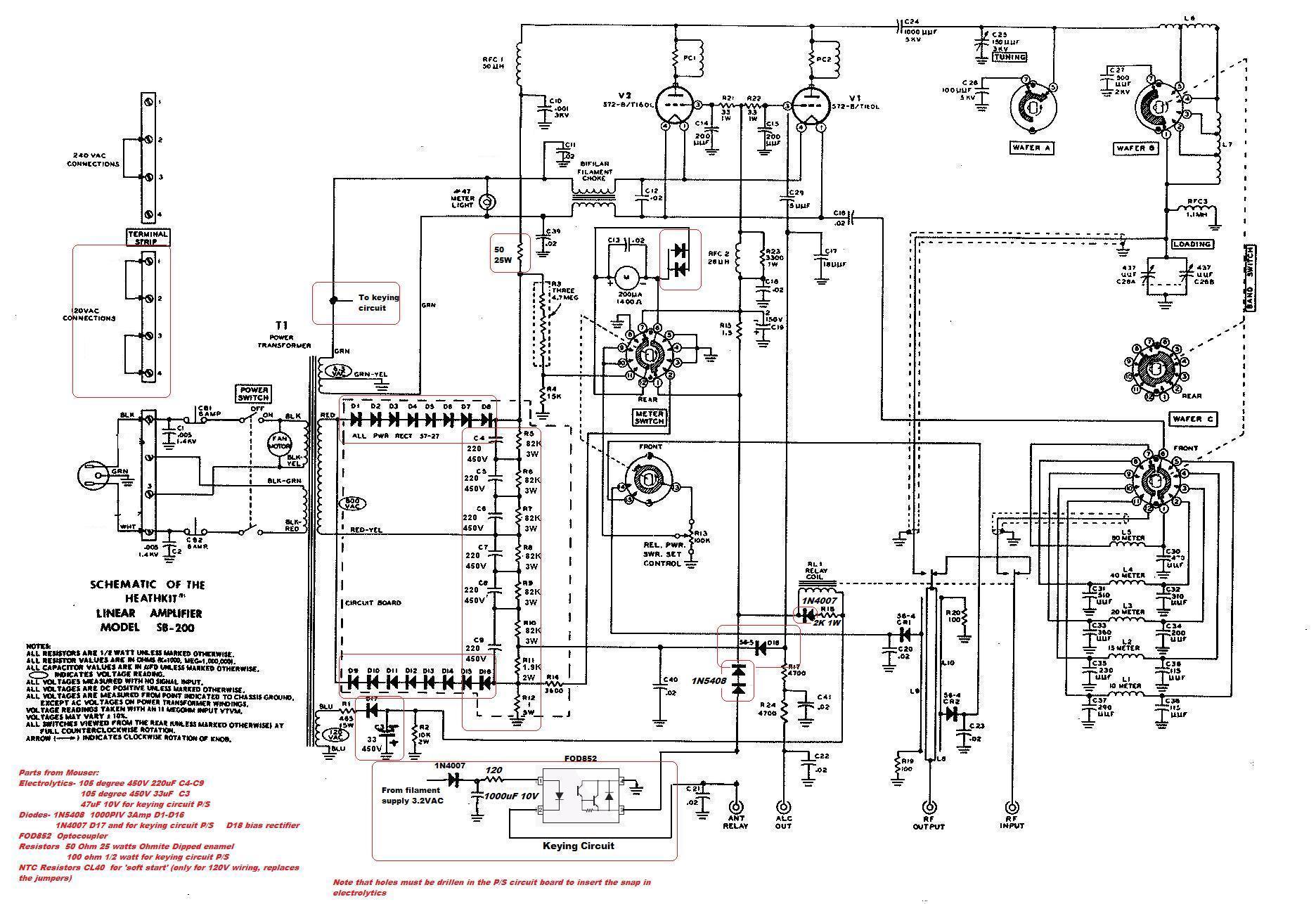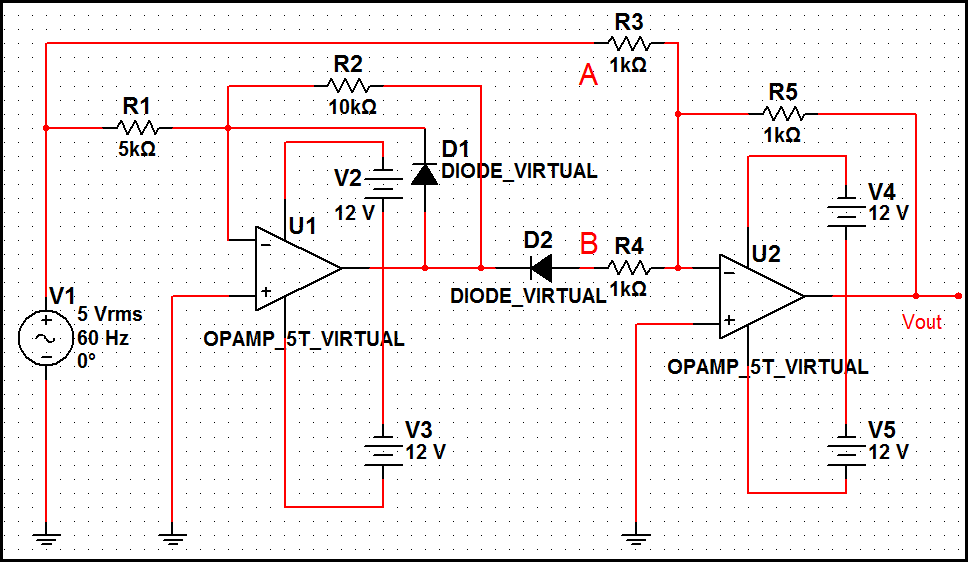
JS88 holiday lights IC circuit
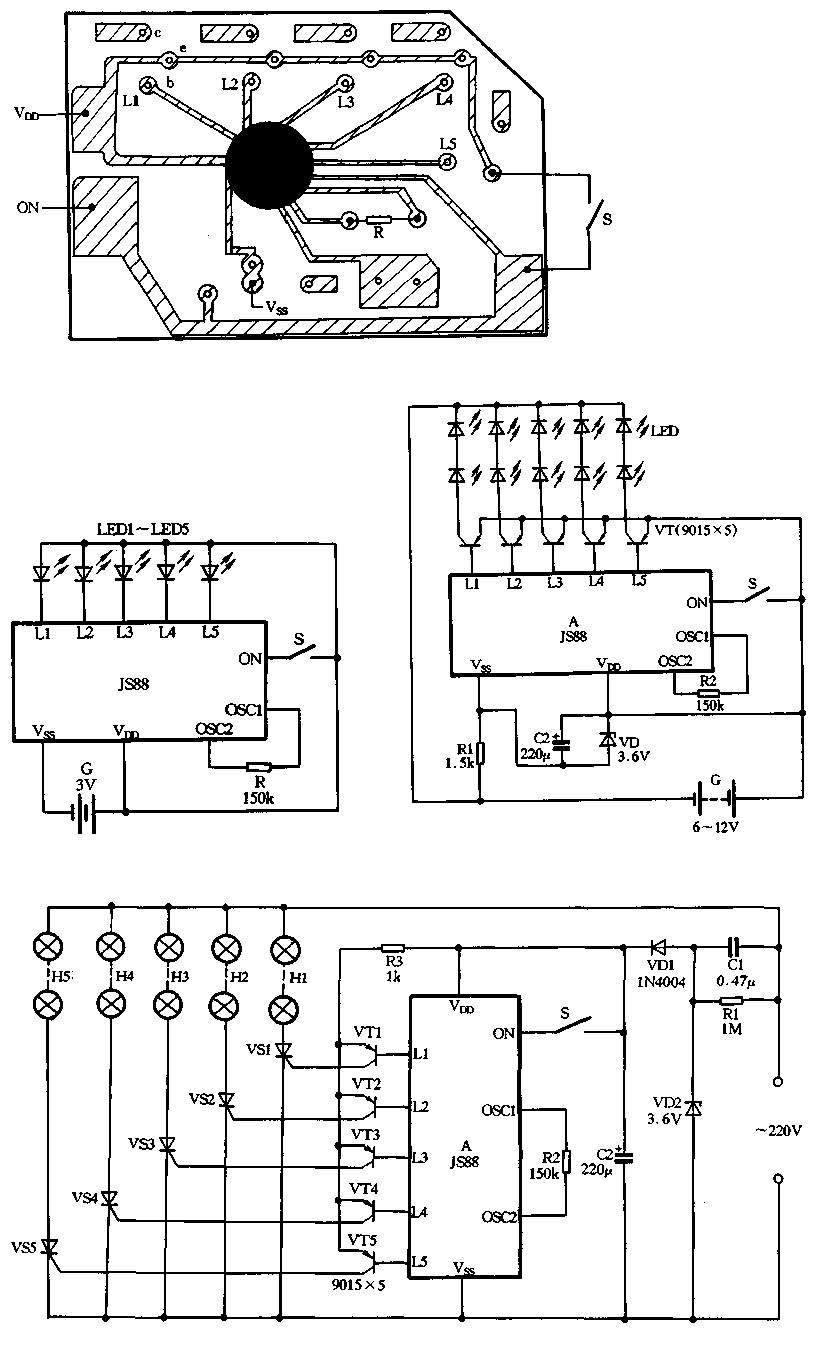
Figure 2-39 illustrates a typical application circuit for the JS88 manifold, which includes an oscillation resistor (R) that allows for fine-tuning of the water flicker frequency. When switch (S) is closed, components L1 to L5 sequentially output low signals from the chip, causing the five light-emitting diodes (LED1 to LED5) to cycle on and off. Figure 2-40 depicts a practical implementation of the JS88 motorcycle wagon with a five-way thunderbolt flash controller. The circuit comprises resistor (R1), diode (VD), and capacitor (C) to form a manifold regulator circuit, providing an output voltage of approximately 3.6V DC to power the manifold. The resistance value of R1 is determined by the motorcycle battery voltage (G); at 12V, R1 is set to 1.5kΩ, and at 6V, it is set to 3.000Ω. The chip outputs from L1 to L5 are amplified by PNP-type transistors (VT1 to VT5) to drive the five parallel strings of flashing LEDs. The number of LED strings connected to each main emitting arm is dependent on the supply voltage; with a 6V battery, 2-3 LED tubes can be connected in series, while with a 12V battery, 5-6 can be connected in series. Additionally, identical light string sets can be connected in parallel. The oscillation resistor (R2) and transistors (VT1 to VT5) can be directly soldered onto the JS88 printed circuit board, which has designated holes for this purpose. When the arc tube is mounted at the back of the motorcycle wagon, it can be activated by pressing switch (S), which is linked to the brake handle, causing the LEDs to flash brightly, enhancing visibility at night. Figure 2-41 shows an integrated circuit for the JS88 holiday lights five-way controller circuit, which includes the JS88 manifold, SCR drive circuit, and power supply circuit components. The 220V AC is stepped down by capacitor (C1), rectified by diode (VD1), and filtered and regulated by diodes (VD2) and capacitor (C2) to provide a stable output of 3.6V DC for the manifold. The manifold output is driven by transistors (VT1 to VT5) after amplification, which triggers the gates of thyristors (VS1 to VS5), resulting in the five-way lights flashing in a cyclic manner. The resistance of R2 can be adjusted to modify the frequency of the flashing lights, with switch (S) facilitating operation.
The JS88 manifold circuit is designed for applications requiring controlled illumination, such as in motorcycle lighting systems. The oscillation resistor plays a critical role in modulating the flicker frequency of the lights, allowing users to customize the visual effect according to their preferences. The use of PNP transistors for amplification ensures that the circuit can drive multiple LED strings efficiently, optimizing power usage while maintaining brightness.
The integration of SCR (Silicon Controlled Rectifier) technology in the controller circuit enhances the robustness of the system, enabling it to handle higher power loads, which is essential for outdoor applications like motorcycle lighting. The design also considers safety and reliability, with filtering and regulation components ensuring stable operation despite variations in input voltage.
The flexibility in the number of LED tubes that can be connected to each output channel based on the supply voltage provides scalability, making the circuit adaptable to different motorcycle models and user requirements. This adaptability is further supported by the printed circuit board layout, which simplifies the assembly process and ensures that components can be easily replaced or upgraded.
Overall, the JS88 manifold and its associated circuits exemplify a well-engineered solution for enhancing visibility and safety in motorcycle applications, combining functionality with user-friendly features.Figure 2-39 is a typical application circuit JS88 manifold, the figure is oscillation resistor R, whose resistance to change can fine-tune the size of the water flicker frequency. After closing switch S, L1-L5 sequentially output low end of the chip, so five light-emitting diodes on the light cycle LEDl ~ LED5 light. Figure 2-40 after making a practical use JS88 motorcycle wagon 5 Road thunderbolt flash controller. R1, VD and C composition Manifold regulator circuit, the output voltage of about 3.6V DC power supply manifold.
Wherein Rl size of the resistance by the motorcycle battery G of the voltage determines when 12V, the value 1.5kQ: 6V when the value of 3.000. Chip L1-L5 level output by the PNP -type transistor VTI ~ VT5 amplification to drive 5-way string lights flashing LEDs.
The number of strings of lights connected to each main emitting arm to be determined by the supply voltage, if using 6V battery G, each channel can be connected in series 2-3 only light tube, if the battery voltage is 12V. Each arc tube can be connected in series 5-6. Each also parallel and identical light string sets. Oscillation resistor R2 and the transistor VTI-VT5 can be directly inserted chip soldered JS88 small printed circuit board, because the board has reserved holes printed.
After Aung arc tube disposed in the back of a motorbike wagons, when driving at night, just press the switch S (with the brake handle linkage), LED flashing hair on light, very eye-catching. FIG. 241 is an integrated circuit made JS88 holiday lights 5-way controller circuit consists JS88 manifold, SCR drive circuit and power supply circuit of several components.
220V AC by C1 buck, VDI rectifier, VD2 and C2 filter regulator, stable output DC voltage of 3.6V, the electricity supply manifold. Manifold output drive level by the transistor VT1 ~ VT5 after amplification is applied to the thyristor VS1-VT5 the gate, thus the 5-way lights flashing HI ~ H5 energy cycle.
R2 is vibration resistance, resistance to change its size, you can change the circulation loop frequency. S switch to work.
The JS88 manifold circuit is designed for applications requiring controlled illumination, such as in motorcycle lighting systems. The oscillation resistor plays a critical role in modulating the flicker frequency of the lights, allowing users to customize the visual effect according to their preferences. The use of PNP transistors for amplification ensures that the circuit can drive multiple LED strings efficiently, optimizing power usage while maintaining brightness.
The integration of SCR (Silicon Controlled Rectifier) technology in the controller circuit enhances the robustness of the system, enabling it to handle higher power loads, which is essential for outdoor applications like motorcycle lighting. The design also considers safety and reliability, with filtering and regulation components ensuring stable operation despite variations in input voltage.
The flexibility in the number of LED tubes that can be connected to each output channel based on the supply voltage provides scalability, making the circuit adaptable to different motorcycle models and user requirements. This adaptability is further supported by the printed circuit board layout, which simplifies the assembly process and ensures that components can be easily replaced or upgraded.
Overall, the JS88 manifold and its associated circuits exemplify a well-engineered solution for enhancing visibility and safety in motorcycle applications, combining functionality with user-friendly features.Figure 2-39 is a typical application circuit JS88 manifold, the figure is oscillation resistor R, whose resistance to change can fine-tune the size of the water flicker frequency. After closing switch S, L1-L5 sequentially output low end of the chip, so five light-emitting diodes on the light cycle LEDl ~ LED5 light. Figure 2-40 after making a practical use JS88 motorcycle wagon 5 Road thunderbolt flash controller. R1, VD and C composition Manifold regulator circuit, the output voltage of about 3.6V DC power supply manifold.
Wherein Rl size of the resistance by the motorcycle battery G of the voltage determines when 12V, the value 1.5kQ: 6V when the value of 3.000. Chip L1-L5 level output by the PNP -type transistor VTI ~ VT5 amplification to drive 5-way string lights flashing LEDs.
The number of strings of lights connected to each main emitting arm to be determined by the supply voltage, if using 6V battery G, each channel can be connected in series 2-3 only light tube, if the battery voltage is 12V. Each arc tube can be connected in series 5-6. Each also parallel and identical light string sets. Oscillation resistor R2 and the transistor VTI-VT5 can be directly inserted chip soldered JS88 small printed circuit board, because the board has reserved holes printed.
After Aung arc tube disposed in the back of a motorbike wagons, when driving at night, just press the switch S (with the brake handle linkage), LED flashing hair on light, very eye-catching. FIG. 241 is an integrated circuit made JS88 holiday lights 5-way controller circuit consists JS88 manifold, SCR drive circuit and power supply circuit of several components.
220V AC by C1 buck, VDI rectifier, VD2 and C2 filter regulator, stable output DC voltage of 3.6V, the electricity supply manifold. Manifold output drive level by the transistor VT1 ~ VT5 after amplification is applied to the thyristor VS1-VT5 the gate, thus the 5-way lights flashing HI ~ H5 energy cycle.
R2 is vibration resistance, resistance to change its size, you can change the circulation loop frequency. S switch to work.
Warning: include(partials/cookie-banner.php): Failed to open stream: Permission denied in /var/www/html/nextgr/view-circuit.php on line 713
Warning: include(): Failed opening 'partials/cookie-banner.php' for inclusion (include_path='.:/usr/share/php') in /var/www/html/nextgr/view-circuit.php on line 713
